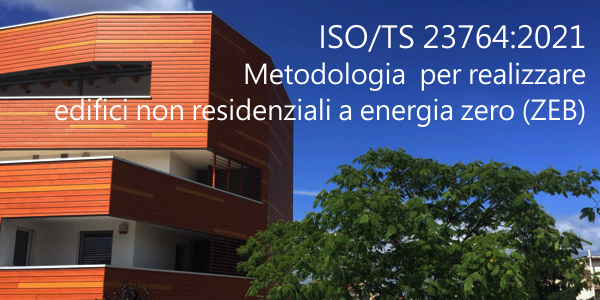Foreword
ISO (the International Organization for Standardization) is a worldwide federation of national standards bodies (ISO member bodies). The work of preparing International Standards is normally carried out through ISO technical committees. Each member body interested in a subject for which a technical committee has been established has the right to be represented on that committee. International organizations, governmental and non-governmental, in liaison with ISO, also take part in the work. ISO collaborates closely with the International Electrotechnical Commission (IEC) on all matters of electrotechnical standardization.
The procedures used to develop this document and those intended for its further maintenance are described in the ISO/IEC Directives, Part 1. In particular, the different approval criteria needed for the different types of ISO documents should be noted. This document was drafted in accordance with the editorial rules of the ISO/IEC Directives, Part 2 (see
www.iso.org/directives).
Attention is drawn to the possibility that some of the elements of this document may be the subject of patent rights. ISO shall not be held responsible for identifying any or all such patent rights. Details of any patent rights identified during the development of the document will be in the Introduction and/or on the ISO list of patent declarations received (see
www.iso.org/patents).
Any trade name used in this document is information given for the convenience of users and does not constitute an endorsement.
For an explanation of the voluntary nature of standards, the meaning of ISO specific terms and expressions related to conformity assessment, as well as information about ISO's adherence to the World Trade Organization (WTO) principles in the Technical Barriers to Trade (TBT), see
www.iso.org/iso/foreword.html.
This document was prepared by Technical Committee ISO/TC 205, Building environment design
Any feedback or questions on this document should be directed to the user’s national standards body. A complete listing of these bodies can be found at
www.iso.org/members.html.
Introduction
This document aims to apply a methodology for achieving a zero-energy building (ZEB).
Since the Paris Agreement was adopted in the 21st Session of the Conference of the Parties to the United Nations Framework Convention on Climate Change, all member countries (including emerging countries) have been required to set a target for reducing their greenhouse gas emissions by 2020 and later. In all countries, reducing energy consumption is the most effective means of mitigating greenhouse gas emissions.
The building sector takes a 30 % share of the world’s energy consumption, and this contribution appears to be increasing. Therefore, reducing the greenhouse gas emissions from this sector is an important global issue. Ultimately, the energy consumption of the building must be reduced and balanced by renewable energy to create a (net) ZEB. Such advanced cases have already been constructed.
Although the ultimate goal of achieving ZEBs is clearly understood, its realization has been limited by practical barriers such as high initial investment. However, as the life cycle of buildings is long, the design and construction of more energy-efficient buildings is considered as a present attempt rather than a future one for greenhouse gas reduction. Hence, accelerating the movement toward ZEBs is an immediate urgency.
From this perspective, this document advocates a step-by-step realization approach for (net) ZEBs. Its aim is to accelerate the ZEB movement and describe the practical realization of ZEBs. Namely, this document proposes a practical ZEB approach and outlines the basic considerations during the complete process of ZEB realization, from design to the operation and maintenance stages.
To accelerate the reduction of greenhouse gases, this document aims to contribute policies and/or guidelines for disseminating ZEBs that suit the conditions of individual countries, especially those of emerging countries undergoing rapid urbanization.
To assist understanding of the contents of this document, the following four ZEB examples are included as annexes:
- (net) ZEB results of evaluating a ZEB renovation of an actual use office building (see Annex A);
- nearly ZEB results of evaluating a ZEB city hall encompassing regional history, climate, and resources(see Annex B);
- ZEB-ready model of an urban medium-sized office (see Annex C).
1 Scope
This document provides a basic step-by-step approach for achieving non-residential (net) zero-energy buildings (ZEBs). It also describes the basic concept of ZEBs and the items for consideration in this approach.
The following are within the scope of this document:
- application to non-residential buildings;
- annual energy consumption of a ZEB (this includes the operating consumption of the building and excludes the energy consumed by the manufacturing of materials and equipment, and the energy consumed during construction);
- renewable energy supply (this can be on-site or off-site, depending on the policy and conditions of the country in which the supply is installed);
- application to any climate zone.
The following are out of the scope of this document:
- recommendations or suggestions for the adoption of any specific technologies and/or equipment and materials that are expected to be continuously innovated (however it does stipulate the technologies for selection);
- specific methods or calculation formulae;
- commissioning methods.
...
segue in allegato



































